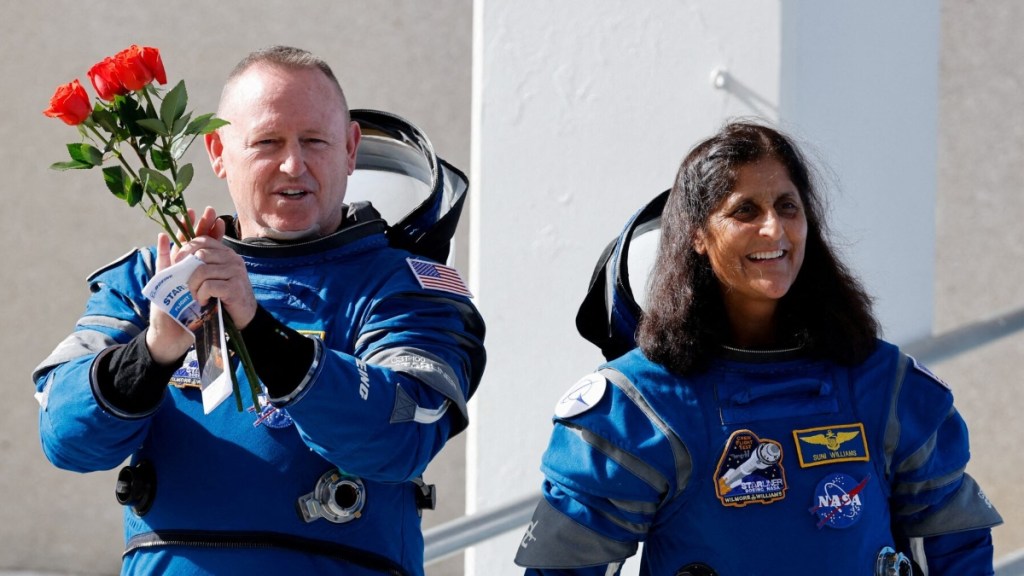Indian-origin astronaut Sunita Willimas and astronaut Barry Wilmore have been stuck in space aboard the International Space Station for over two months now. A Boeing Starliner was to carry them back to Earth by June 14 but a fault in the spacecraft delayed their return indefinitely.
NASA has been considering alternate options for their safe return.
The spacecraft was launched on June 5, but a malfunction in its thrusters left the duo stranded. Thrusters are vital for propulsion. Later, reports claimed that NASA might consider using SpaceX’s Dragon spacecraft for their return. However, this mission is scheduled for February 2025, potentially extending their stay in space.
As of now, NASA is wondering if it should bring them back using faulty Starliner or use Dragon. In a report by the Daily Mail, Rudy Ridolfi, a former Space System Commander in the US military, outlined three potential dangers if NASA opts to use the Starliner for the return mission.
Let’s take a look at the cases
Case 1: Too steep reentry angle
In this case, the thrusters could fail, and the spacecraft will be left with 96 hours of oxygen and power. If the Starliner’s service module positions the capsule at too steep a reentry angle, the resulting friction could cause the heat shield to fail. This failure could lead to the capsule burning up in the atmosphere, potentially vaporising the astronauts inside.
Case 2: Reentry angle too shallow
Ridolfi warned that if the reentry angle is too shallow, the capsule could bounce off Earth’s atmosphere and be thrust back into space. This scenario would leave the astronauts stranded in orbit, forcing NASA to urgently locate and retrieve the capsule.
Case 3: Thruster failure on return
If the thrusters fail during the return, the astronauts could be left drifting in space with limited oxygen and power, giving them about 96 hours to restore the thrusters and safely return to Earth.
In the report, Ridolfi urged NASA to seriously consider launching a rescue mission using SpaceX’s Crew Dragon capsule, which he believes would be a safer alternative to the malfunctioning Starliner. He also advised NASA to thoroughly assess the risks and explore alternative options that prioritize the safety of the astronauts.


